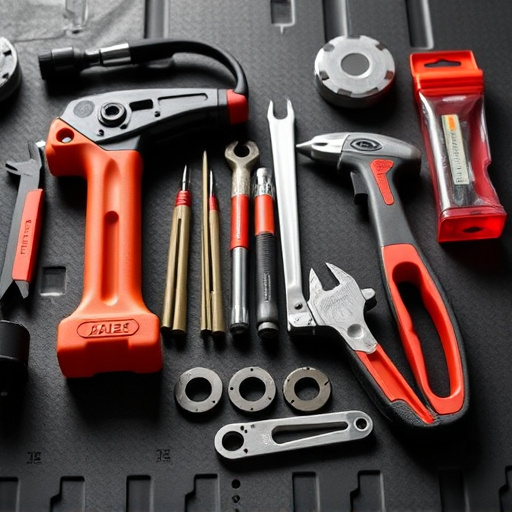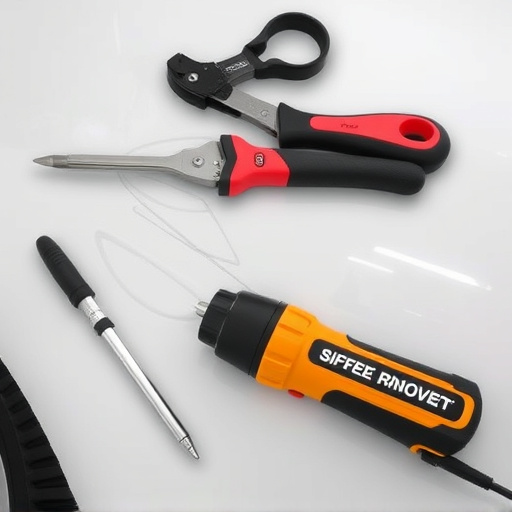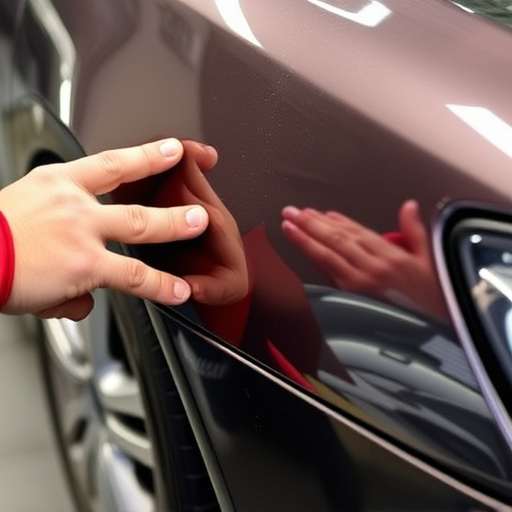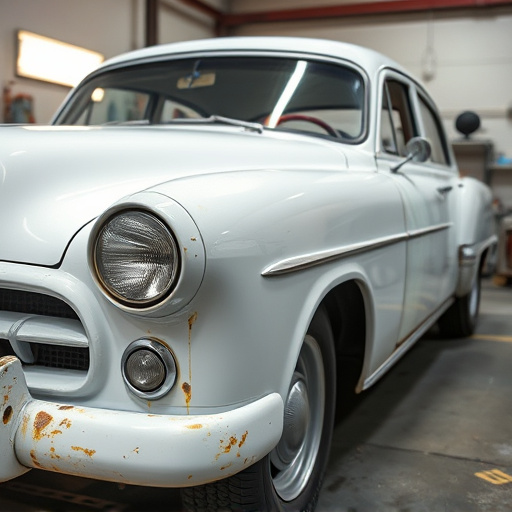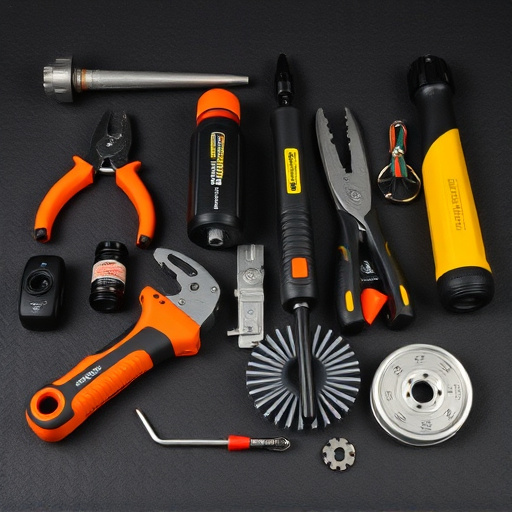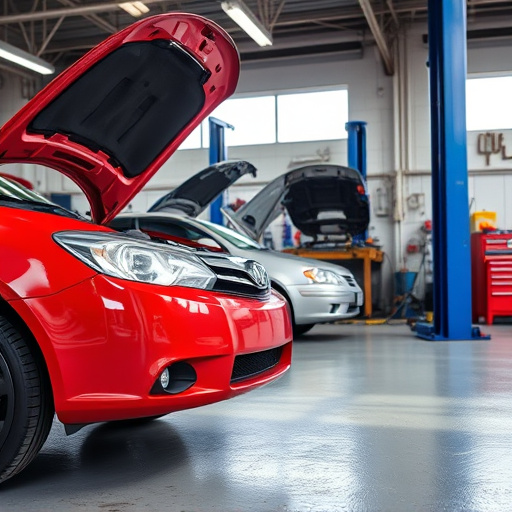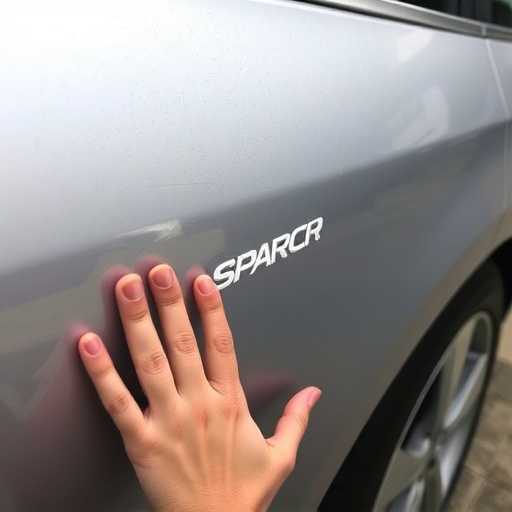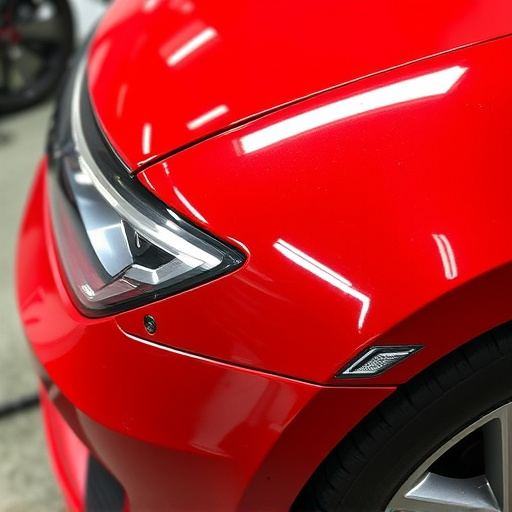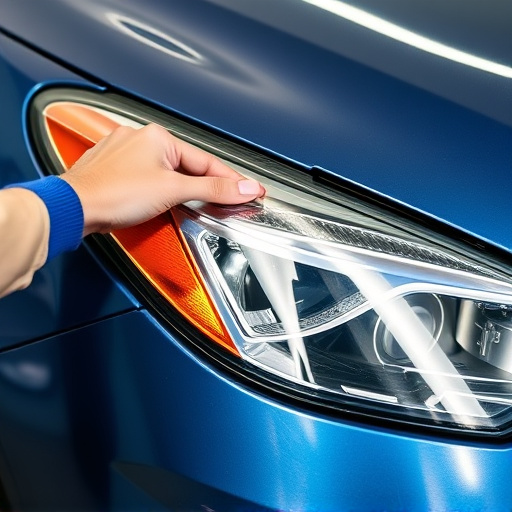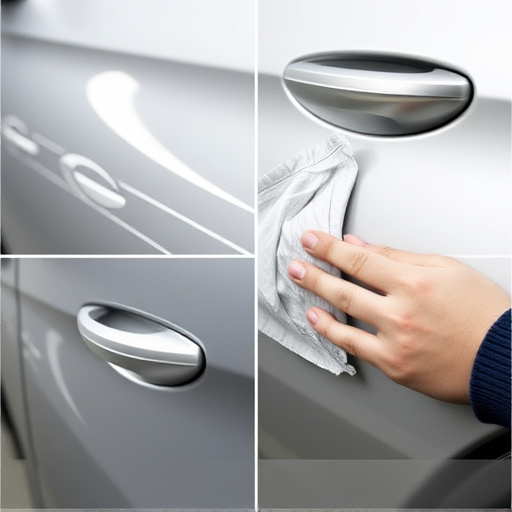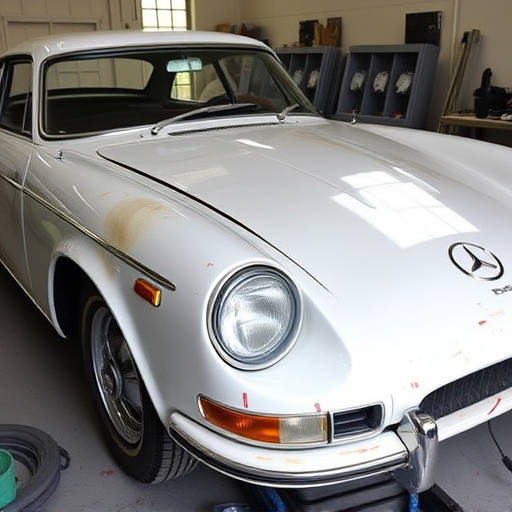Tesla dashcams, integrated into vehicles, record high-quality videos for enhanced safety and autonomous driving. Configurable via the Tesla app or vehicle settings, with options for resolution, loop recording, and storage. Regular firmware updates optimize performance, ensuring compatibility with your model for optimal functionality, crucial for insurance claims and collision damage repairs.
Unleash the full potential of your Tesla’s onboard camera system with our expert guide. Learn how to configure your Tesla dashcam settings for optimal visibility, enhancing your driving experience and ensuring crucial data capture. We’ll walk you through customizing camera parameters, from field of view adjustments to night vision optimization. Additionally, discover essential firmware compatibility tips to keep your Tesla dashcam up-to-date, ensuring seamless operation and access to the latest features.
- Understanding Tesla Dashcam Functionality
- Customizing Camera Settings for Optimal Vision
- Firmware Updates and Compatibility Considerations
Understanding Tesla Dashcam Functionality
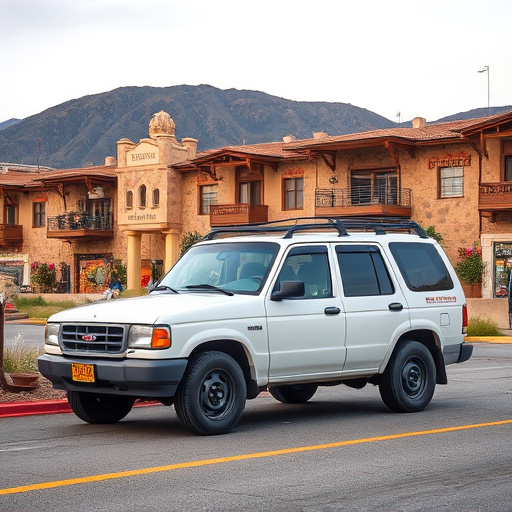
The Tesla dashcam is a sophisticated piece of technology designed to enhance safety and provide valuable footage for drivers. Understanding its functionality is crucial when configuring and optimizing your Tesla’s in-car camera system. The dashcam, seamlessly integrated into the vehicle’s hardware, records both forward and rear-facing videos, capturing critical incidents and driving conditions. This real-time video data not only serves as a powerful tool for self-defense but also plays a vital role in autonomous driving capabilities.
Through the Tesla mobile app or vehicle settings, you can access and manage the dashcam’s configuration with ease. Customizing settings like recording resolution, loop recording, and storage options ensures your dashcam functions according to your preferences. Regular firmware updates further optimize performance, improving video quality and adding new features. Ensuring compatibility between your Tesla model and the latest firmware is key to leveraging the full potential of this advanced technology, even for services like auto painting or auto glass repair, where detailed footage can aid in claims and repairs.
Customizing Camera Settings for Optimal Vision

Optimizing your Tesla dashcam’s camera settings is a crucial step to ensure you capture clear and detailed footage for safety and insurance purposes. Within the vehicle’s configuration menu, users can fine-tune various parameters like resolution, frame rate, and field of view. Selecting higher resolutions like 1080p or 4K ensures sharper images, vital for identifying details during potential collision damage repair scenarios.
Adjusting the frame rate to 30 FPS or higher offers better motion clarity, while adjusting the field of view can be tailored to your preferences. A narrower setting provides a more focused view, ideal for capturing specific areas ahead, while a broader angle covers more ground, useful for scenic drives but might require trimming during vehicle body repair instances.
Firmware Updates and Compatibility Considerations

Tesla vehicles are known for their cutting-edge technology, and this extends to their dashcam systems. Firmware updates play a crucial role in maintaining optimal performance and ensuring your Tesla dashcam configuration remains compatible with the latest features. It’s essential to stay updated with Tesla’s software releases as they often include bug fixes, enhanced recording capabilities, and improved processing algorithms.
When updating the firmware for your Tesla dashcam, consider compatibility with your vehicle model and year. Different versions of Tesla cars may have variations in hardware and software architecture. Ensuring that your dashcam firmware is compatible with your specific Tesla model will prevent any potential issues or malfunctions. Regularly check Tesla’s official updates and release notes to keep your system up-to-date, especially when it comes to collision repair or autobody repairs, as these can impact the overall functionality of onboard cameras.
Optimizing your Tesla’s dashcam setup involves a combination of understanding its functionality, customizing settings for clear vision, and staying updated with firmware compatibility. By configuring your dashcam to suit your driving needs and keeping firmware up-to-date, you ensure enhanced safety features and record quality. Remember, proper Tesla dashcam configuration is key to capturing invaluable data in various driving conditions, contributing to a safer and more efficient driving experience.
